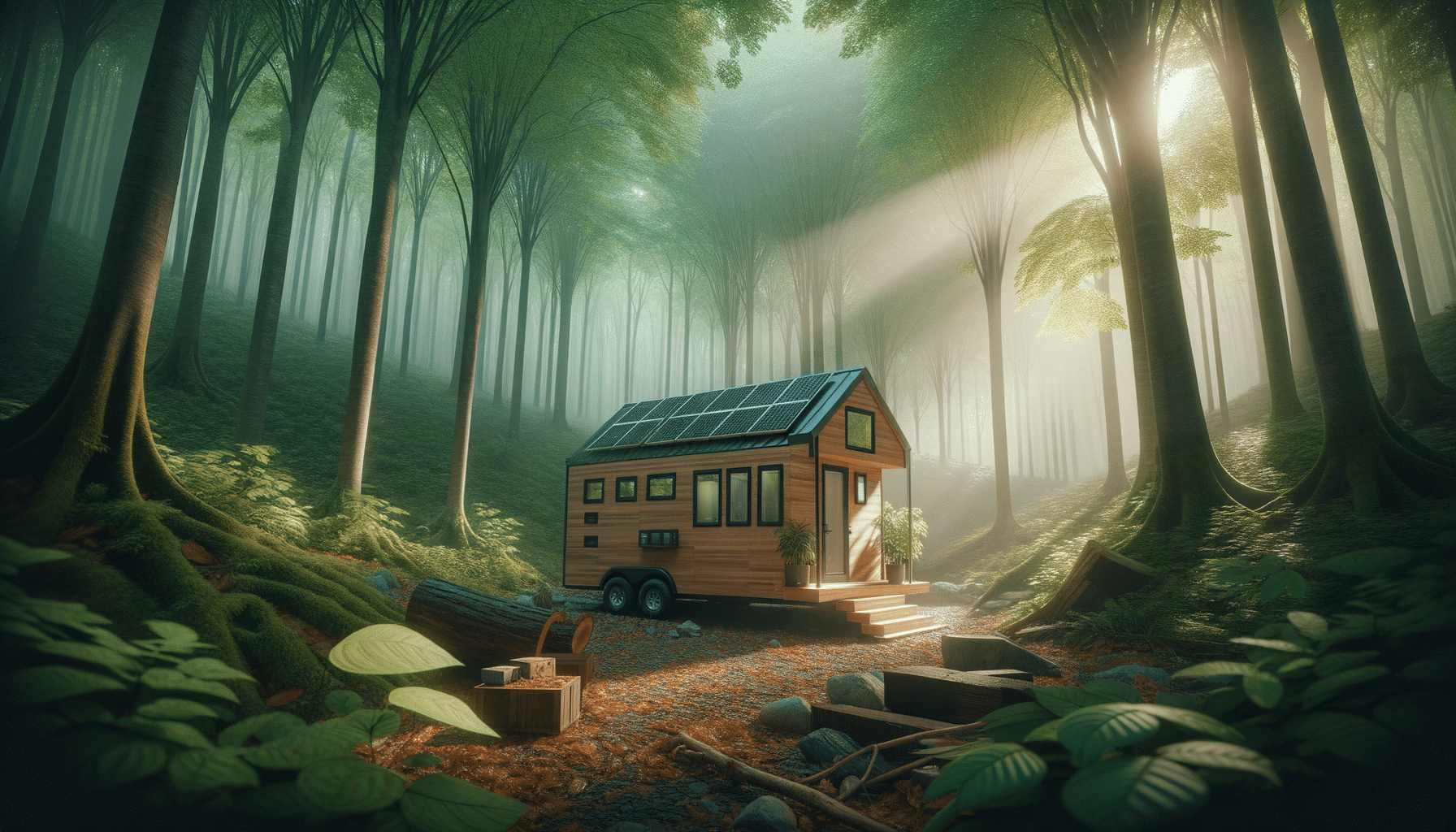
Exploring the World of Tiny Home Trailers
Introduction to Tiny Home Trailers
Tiny home trailers have emerged as a significant trend in sustainable living, offering a unique blend of mobility and compact living. As housing prices rise and environmental concerns grow, more people are turning to these compact dwellings as a viable solution. Tiny home trailers provide a minimalist lifestyle that encourages reducing one’s carbon footprint, promoting a sustainable way of living. They appeal to a wide range of individuals, from young adventurers seeking freedom on the road to retirees looking for a downsized lifestyle.
The Appeal of Tiny Home Trailers
The allure of tiny home trailers lies in their simplicity and efficiency. These homes are designed to maximize space while minimizing the need for excessive belongings. The interiors are often cleverly designed to include multi-functional furniture, such as beds that convert into tables or storage compartments hidden within stairs. This smart use of space ensures that every inch of the tiny home serves a purpose, making it an ideal choice for those who value efficiency.
Moreover, tiny home trailers offer the unique benefit of mobility. Unlike traditional homes, these dwellings can be moved, allowing owners to change locations with ease. This flexibility is particularly appealing to digital nomads and travel enthusiasts who wish to explore different regions without sacrificing the comfort of home.
Environmental and Financial Benefits
One of the primary motivations for choosing a tiny home trailer is the environmental impact. These homes consume significantly less energy than conventional houses, contributing to reduced carbon emissions. Many tiny home trailers are equipped with solar panels, composting toilets, and rainwater collection systems, further enhancing their eco-friendly appeal.
Financially, tiny home trailers are often more affordable than traditional homes. The cost of building and maintaining a tiny home is considerably lower, allowing owners to invest in quality materials and sustainable technologies. Additionally, the reduced living expenses associated with tiny homes, such as lower utility bills and minimal maintenance costs, make them an attractive option for those seeking financial freedom.
Challenges and Considerations
Despite their many advantages, tiny home trailers come with their own set of challenges. Zoning laws and building codes can vary significantly across regions, which may restrict where tiny homes can be parked. Prospective owners must navigate these regulations to ensure their tiny home is legally compliant.
Another consideration is the limited space, which may not be suitable for everyone. Living in a compact environment requires a willingness to downsize and prioritize essential items. For families or individuals accustomed to more space, adjusting to a tiny home lifestyle may require a significant mindset shift.
Future of Tiny Home Trailers
The future of tiny home trailers looks promising as more people embrace sustainable living practices. As interest in these homes grows, so does the variety of designs and customization options available. Innovations in materials and technology are likely to enhance the functionality and appeal of tiny homes, making them even more accessible to a broader audience.
Furthermore, communities dedicated to tiny home living are emerging, offering shared resources and a sense of belonging for tiny home dwellers. These developments signify a shift towards a more sustainable and community-oriented lifestyle, positioning tiny home trailers as a pivotal component of future housing solutions.


